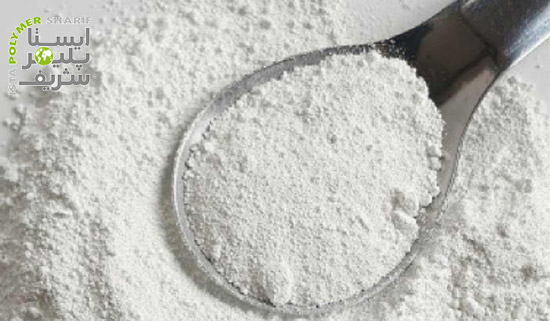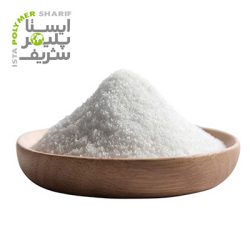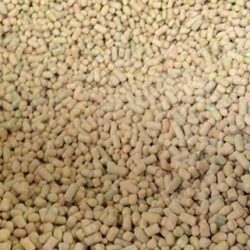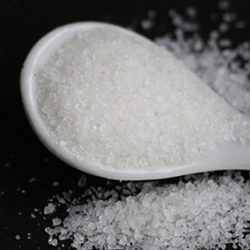Coagulants aid in the performance improvement of processes in various industries by precipitating and aggregating unwanted substances and deposits. When added to a solution, colloids connect freely as particles, becoming suspended. This aggregation simplifies the purification process, used extensively across different industries for chemical purification and flocculation. This article explores the coagulant (flocculant aid) and its applications in various industries. Stay tuned with us.
What is a Coagulant?
This substance is a chemical mineral coagulant that assists in purifying solutions by precipitating unwanted and excess substances. In the flocculation process initiated after adding this product to a solution, small-diameter particles affecting solution clarity bind together as aggregates called flocs, remaining suspended. Essentially, adding this substance accelerates the particle aggregation process. This aggregation and floc formation facilitate easier purification stages.
Types of Coagulants
Numerous industries require coagulants and the flocculation process to expedite operations. Therefore, these substances enter the market in various forms tailored to specific conditions, including:
- Poly electrolytes, including non-ionic, cationic, and anionic
- Iron sulfate
- Aluminum sulfate
- Calcium carbonate powder
- Clay
- Chlorine gas
- Hydrated lime
- Oxidizers
- Settling agents and heavy metal absorbers
Applications of Coagulants
This substance is crucial for solution purification in various industries, including:
Oil and Gas Production
Water used in this industry often contains significant suspended particle levels. Clarifying these waters is time-consuming and involves lengthy processes. Adding a coagulant accelerates sedimentation rates, facilitating easier separation of solid from liquid phases. Moreover, substantial volumes of water used in this industry are purified using these chemical coagulants.
Paper Production
Paper pulp production relies on cellulose fibers requiring acceptable bonding, filler materials, and saturation. Incorporating coagulants and the flocculation process into fiber, filler, and additive combinations accelerates production rates, boosting output.
Metal Extraction
Metal extraction typically involves multiple stages to achieve the necessary pure metal separation. This separation process benefits from coagulants, enhancing the rapid separation of metals.
Water Treatment
A vital application of coagulants is in treating wastewater, potable water, and rainwater. These waters consistently contain substantial suspended solid particles. Using this substance helps these particles bond, forming larger clusters for quicker separation and easier processing. Solid particles in wastewater affect color and introduce impurities into natural water bodies like seas and rivers, impacting aquatic life. Phosphorus levels in wastewater contribute to algae growth, causing extensive aquatic fauna damage. Thus, this substance significantly aids water treatment efforts. Besides coagulants, other substances such as coagulants can also help purify water. In addition to this, coagulants are used in various industries such as chemical, pharmaceutical, food, textile, leather, recycling, and more.
Advantages of Using Coagulants
This substance, given its purification and operational advantages across different processes, offers numerous benefits, including:
- Reducing solid particle pollution
- Reducing sludge volume
- Removing small and solid particles
- Enhancing filtration efficiency
- Reducing purification costs
- Improving filtration process efficiency
- Removing heavy metals and chemicals
- Enhancing solution transparency
- Improving solution quality
- Easy transportation and handling
- Long service life
Coagulant Operation and Flocculation Process
After determining the type and amount of chemical coagulant, it should be added to the solution to facilitate purification, as follows:
- Initially, a rapid mixing phase ensures the uniform distribution of this substance in the solution. It is better to inject the coagulant in a turbulent region to rapidly mix it. The emphasis on rapid mixing minimizes colloid instability in a very short time.
- The next step is coagulation. The purpose of this process is to separate the clouding substances, color, bacteria, algae, phosphate, flavor-enhancing agents, etc. After passing this stage, the solution can perform better in subsequent stages and appear acceptable.
- In this phase, gentle and continuous mixing forms flocs, or aggregates, to settle and clarify them easily with sedimentation and filtration. The more collisions there are between fine coagulated particles in a unit of time, the higher the coagulation efficiency and the faster the purification process.
In summary, chemical coagulants generate polymer bridges between fine particles after completing the coagulation process, forming larger and heavier flocs. In this state, flocs settle better, facilitating proper separation and purification. When selecting a coagulant aid, consider its type carefully. Electrostatic attraction forces that create flocs between colloid particles and flocculants are influenced by their charges.
Conclusion
Flocculants aid in solution purification during flocculation by creating bridges between solid particles, forming larger flocs that ease solution purification. This chemical coagulant finds applications across various industries, as discussed in this article. Significant applications of flocculants include wastewater treatment, drinking water purification, etc., helping remove contaminants and ensuring better water quality upon entering the environment. For purchasing inquiries, contact Sharif Polymer’s static advisors at 02191309063.







